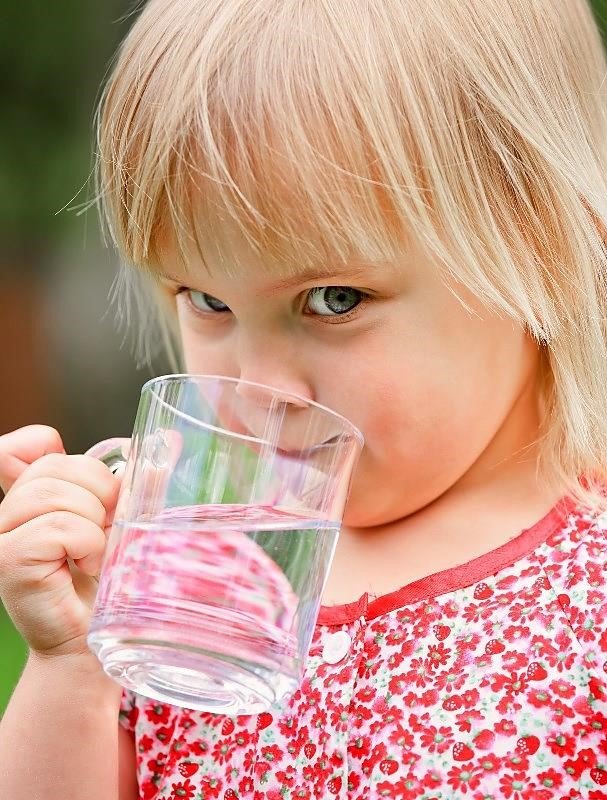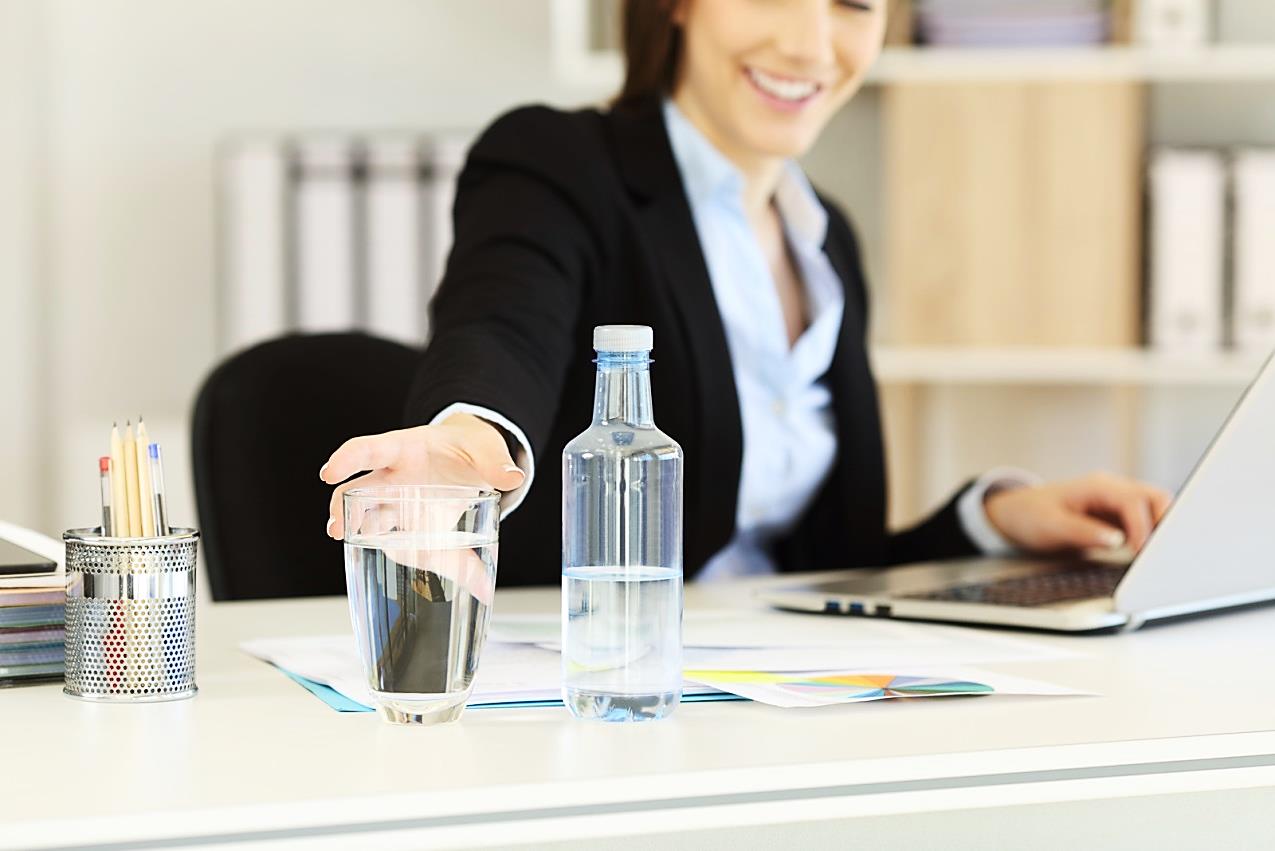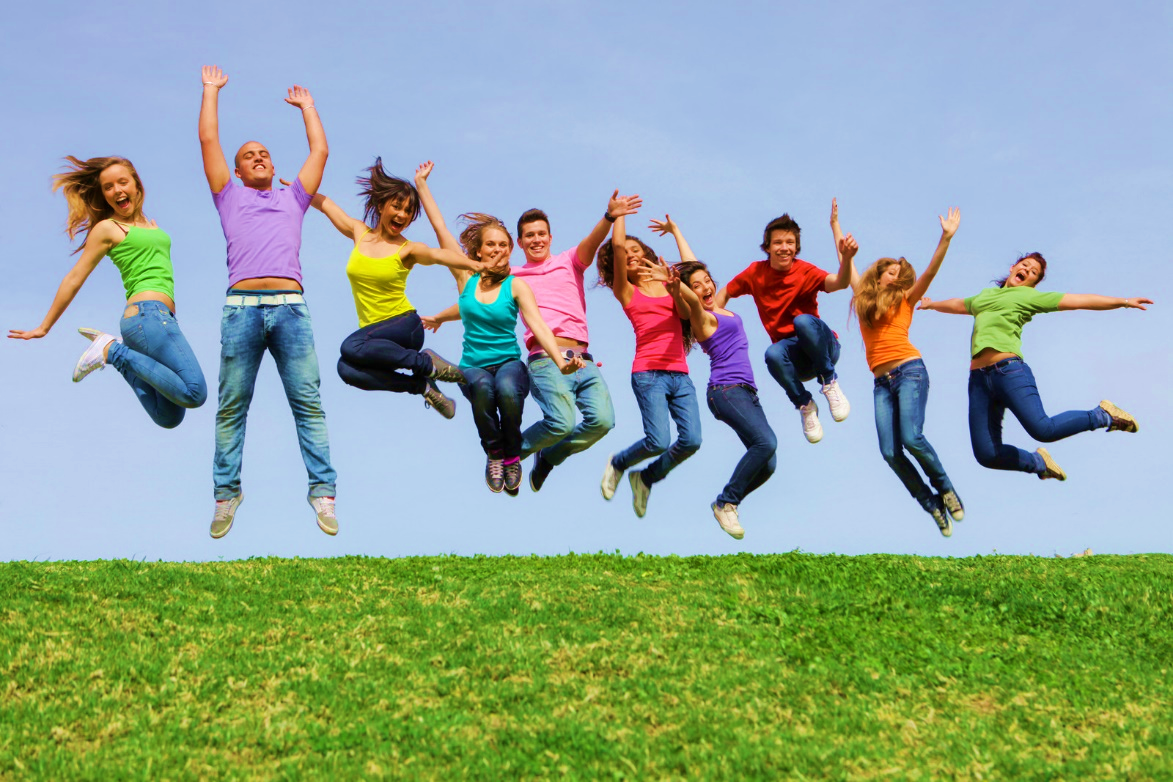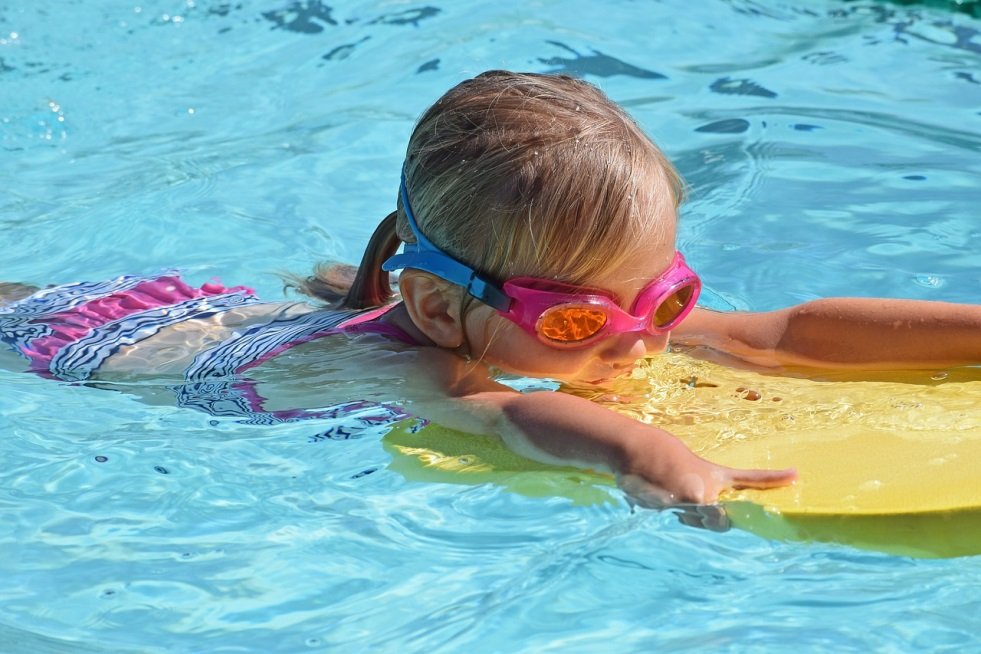
by Fern Shaw | Jun 24, 2020 | bottle fed water coolers, water cooler, Water Coolers, water dispenser
It is no surprise that teaching our children to drink water more may appear a task easier said than done. However, as many adults, parents and teachers know, there is a secret weapon in our arsenal. It stems from a well-known phrase: lead by example. It may seem rather tired and a bit worn out nevertheless, it is true and it is effective.
How?
Children often emulate adult behaviour, especially those adults with whom they have daily interaction. If you as the carer of a child are seen to drink water regularly, it is more probable that a child will be better encouraged to do the same, instead of merely telling the child to drink water without any example shown.
Why?
The results from a great deal of research, including a recent study at the University of East London , show that children are better able to concentrate, retain information, take part in activities and are able to better function overall the more hydrated they are.
Method?
Uninterrupted access to refreshing spring and filtered water – maintained at a pleasing ambient or chilled temperature – all at the press of a button. With more than 22 branches nationwide, this is easily achieved by installing a water cooler from AquAid.
Benefits?
Healthier and happier children of course. With AquAid, there are added benefits and these are at no additional cost to your school, academy, college or university.
For each Mainsfed Water Dispenser we install, a portion of that revenue is donated to charities. Charities such as Christian Aid the AquAid founded Africa Trust. These donations are utilised to implement clean water resources where they are needed most, like in schools and villages, in countries throughout Africa. At AquAid, we understand that helping others is key component to a healthy and strong organisation as is attested by our collective 30 years of supporting these charities.
If you would like to know more about installing a high-quality Mainsfed or Bottlefed Water Dispenser or Indoor Water Fountain, contact us.

by Fern Shaw | Jul 26, 2019 | water cooler, water dispenser
Before we begin our top 5 countdown, it’s good to bear in mind that whatever your water cooler requirements, AquAid have over twenty years of experience in the provision of the right water cooler for your work space: wherever you’re situated and whatever space you occupy throughout England, Northern Ireland and Scotland.
Let’s begin:
- Money saving
While the upfront cost of purchasing a water cooler can be a bit more costly initially, over time you can expect to see significant savings. Water coolers offer an economical way to drink more water. Instead of purchasing many disposable water bottles, you can save money by buying large bottles for your dispenser. If you’re using a mains-fed water cooler dispenser, you can also expect to see significant savings.
- Kinder to the environment
By using a water cooler dispenser, you are helping to protect our environment. We use billions of individual plastic water bottles each year and millions end up in our rubbish each day. By drinking water from a re-usable water bottle and refilling our water bottles from a water cooler, we can significantly reduce this number. This means that you can still enjoy the convenience of having water with you at all times and be safe in the knowledge that you are lessening the harmful impact on the environment.
- Right size – good fit
With the AquAid range of water coolers, space isn’t a concern. Water coolers come in several shapes and sizes, so you can choose a unit that’s sure to fit perfectly in your space. Common models include a free-standing water cooler or a desktop (countertop) water cooler.
Free-standing units are typically larger and are better suited for use in areas where there is more floor space. By contrast, desktop (countertop) water dispensers are usually more compact and are ideal for use in smaller spaces. We even offer Instant Taps: a stylish water dispensing tap with a boiling (and/or) chilling unit discreetly hidden underneath the worktop.
- Drinking Water at perfect temperatures
Many water dispensers come with hot and cold water taps. The cold water is perfect for a refreshing glass of water. The hot water tap offers a quick and convenient way to make tea, coffee, soup, hot chocolate or tea. Some units also offer the option of water at room temperature as an added convenience.
- Stylish appearance
When most of us imagine a water cooler, we only picture a white plastic unit that isn’t the most appealing and won’t complement our kitchen, reception or office areas. Fortunately, this stereotype is no longer true. AquAid’s range of water coolers is available in a wide variety of shapes, sizes and materials. Common finishes include black, white, silver and stainless steel.

by Belinda Ollewagen | Jun 3, 2019 | water cooler, water dispenser
We all know water is essential for our bodies to function and perform optimally, but we sometimes forget the exact ways in which water works its magic in each and every cell, each and ever day. As a reminder, courtesy of the European Hydration Institute, here are some of the remarkable benefits of good hydration and why you should make a point of stopping at the office water cooler more often.
Brain
Adequate hydration is important for proper functioning of the brain. When we are well hydrated, brain cells are better supplied with fresh, oxygen-laden blood, and the brain remains alert. Mild dehydration, a 1% to 2% loss in body weight, can impair the ability to concentrate. Loss of more than 2% body weight due to dehydration can affect the brain’s processing abilities and impair short-term memory.
Cells
Hydration in the body is important for transporting carbohydrates, vitamins, minerals and other important nutrients and oxygen to the cells. The cells then produce energy for the body to function. Furthermore, hydration facilitates disposal of the waste products of metabolism, enabling the right cellular chemical function.
Digestive Tract
Hydration plays an important role in the digestion of food and the absorption of nutrients from the digestive tract. Water is required to dissolve nutrients so that they may be absorbed into the bloodstream and delivered to the cells. Insufficient hydration will slow the digestive process and chronic poor hydration can lead to constipation.
Heart
Fluids are important for healthy heart function and the correct regulation of water balance is essential to keep blood pressure within the healthy range. Dehydration decreases cardiac output which may lead to increases in heart rate and a fall in blood pressure. The circulatory system delivers a constant supply of oxygen to the brain, muscles and to all other tissues.
Kidneys
An adequate water intake is essential to keep the kidneys working well, helping them to remove waste products and excess nutrients mainly via urine. The kidneys regulate the body’s water levels by increasing or decreasing the flow of urine. The kidneys also work to control normal levels of sodium and other electrolytes. A well-hydrated healthy person’s kidneys filter approximately 180 litres of water each day: clearly most of this has to be reabsorbed to prevent excessive losses from the body.
Temperature
The body water has an important role as a thermoregulator, regulating the overall body temperature by helping dissipate heat. If the body becomes too hot, water is lost through sweat and the evaporation of this sweat from the skin surface removes heat from the body. Sweating is the most effective way that the body prevents itself from overheating.
Muscles and Joints
Water acts as a lubricant for muscles and joints; it helps cushion joints and keeps muscles working properly. Muscles and joints, in addition to the bones, are necessary for us to stand, sit, move and carry out all daily activities. Approximately 70 to 75 percent of the muscle is made up of water. Maintaining the right water balance is essential for optimum muscle function.
Indisputable is that proper hydration is essential to the physiological well-being and subsequent performance of us all. By making regular trips to the water dispenser and by increasing our water intake we improve our general health and well-being, and at the end of the day, that trumps all else – as Mahatma Gandhi said ‘it is health that is real wealth and not pieces of gold and silver’.

by Belinda Ollewagen | Jun 3, 2019 | water dispenser
Our bodies use and lose water every day, and our ability to regulate that water balance is crucial to our existence. Water is lost through breathing; through urine and faeces excretion; and through perspiration and sweating – if we don’t replenish the water that is lost and right the balance, we would cease to exist, which is why it’s so important to constantly visit the office water dispenser and monitor how much we drink, both during the work day and topping up after hours. Many factors, including lifestyle and the environment, affect the level of water loss, but on average, the average sedentary adult in a mild environment will lose around 2.6 litres of water per day.
But here’s the interesting part, this amount increases as we grow older and our body’s natural trigger to replenish what we lose – thirst – also deteriorates with age. In a study about the physiological changes for those over 50, the importance of maintaining the correct water balance as we age is discussed:
During ageing, the decline in lean body mass is accompanied by a decrease in the water content of the organism. This decrease in water can be up to 4 L of total body water for men and 6 L for women (from the age 20 to 80) … In addition, the lack of sensation of thirst and the fact that people forget to drink due to reduced cognitive and visual functions at greater age can induce total water imbalance … A poor supply of water is associated with infections, decreased endurance, a risk of heat exhaustion, mental confusion, lassitude, muscular weakness or even death. Notably, a reduced water supply negatively influences the electrolyte balance leading to cardiovascular and hypertension disturbances as well as impaired kidney performance.
The fact that more water is lost and that the body’s natural thirst trigger deteriorates after the age of 50, is particularly pertinent when one considers that the employment of workers over the age of 50 has grown significantly over the past decades – the employment rate for people aged 50 to 64 has grown from 55.4% to 69.6% over the past 30 years.
While ensuring we remain properly hydrated during the day is important for everyone, it is particularly important as we grow older, so if your office needs a better water solution that’s tailored to your specific water requirements, then give AquAid a call on 0800 772 3003 – exceptional service and premium water dispensers at affordable prices.
Sources
Nature – International Journal of Science (https://www.nature.com/articles/1601895)
Springer Link (https://link.springer.com/article/10.1007/s11556-010-0058-5)
Department for Work and Pensions (https://assets.publishing.service.gov.uk/government/uploads/system/uploads/attachment_data/file/568240/employment-stats-workers-aged-50-and-over-1984-2015.pdf)

by Belinda Ollewagen | May 20, 2019 | water cooler, water dispenser
In previous blog posts we’ve covered studies that examined the effects of dehydration on performance, but what we’ve not looked at before is water invention studies i.e. giving water as opposed to withholding it. One such research paper is Effects of hydration status on cognitive performance and mood, by researchers, Masento and van Reekum. In their paper they list studies across a variety of different subject groups that examine the benefits brought about by a water intervention – all of which will make you want to get up and go over to the office water cooler for another glass of water!
Taken directly from the Masento et al research paper, here’s an excerpt from each intervention to illustrate how proactively drinking water improves performance:
DRINKING WATER IMPROVES VISUAL SUSTAINED ATTENTION
Young adults were assigned to a no-water, 120ml or 330 ml water condition; and asked to perform a rapid visual information-processing task.
The researchers found a dose related improvement in performance, with those in the 330 ml water condition performing the best of the three groups and the no-water group performing the worst.
DRINKING WATER IMPROVES SHORT-TERM MEMORY
School children aged between 7-9 years were given up to 250 ml of water to drink; and asked to perform a ‘spot the difference’ task.
The visual memory of the children who drank more water was significantly improved in comparison to those children who had drunk less.
DRINKING WATER IMPROVES SIMPLE REACTION TIME
Adults were asked to rate their thirst levels prior to the experiment; were assigned to a no-water or water supplementation condition; and asked to perform a simple reaction time task.
Thirsty individuals performed significantly worse in the no-water condition; with non-thirsty individuals exhibiting a relatively similar performance independent of water intake.
DRINKING WATER IMPROVES MOOD
Young adults were assigned to no-water or water supplementation conditions; and asked to perform a range of cognitive tasks and mood ratings.
Mood ratings were shown to significantly change when individuals were given water. Individuals reported feeling more ‘calm’ and ‘alert’ immediately after water consumption.
Masento and van Reekum conclude their paper with the following comment:
Accumulating evidence supports the notion that hydration state affects cognitive ability and mood. Severe dehydration has been shown to cause cognitive deficits such as short-term memory and visual perceptual abilities as well as mood disturbance, whereas water consumption can improve cognitive performance, particularly visual attention and mood.
In short, if you want to increase your productivity and improve your mood you need to visit your water cooler more often. And if your office is in need of more water dispensers, be sure to give AquAid a call, they’re the UK’s leading water cooler supplier with 23 branches nationwide, all dedicated to providing the same level of superior service.

by Belinda Ollewagen | Apr 29, 2019 | Water, water dispenser
We’re slowing moving into summer (yay!) which means longer days, warmer weather, ice cream at the park and lolling about in the water. Even if the closest you come to water right now is the office water dispenser, there are summer weekends and holidays to look forward to, and if you have young children, it’s important to be extra vigilant when they’re in the water.
To help create better awareness, May is National Water Safety Month which is an annual campaign designed to bring safe and enjoyable water activities to everyone. If you do have small children, here are a few important Water Safety Tips to keep in mind this summer in and around pools, courtesy of the International Swimming Hall of Fame.
- Teach children water safety and swimming skills as early as possible – it’s never too early to start.
- Always brief babysitters on water safety, emphasizing the need for constant supervision.
- Appoint a designated watcher to monitor children during social gatherings at or near pools – don’t assume ‘someone’ is watching.
- Equip doors and windows that exit to a pool area with alarms.
- Post CPR instructions and learn the procedures – make sure anyone supervising children is also familiar with the process.
- Keep rescue equipment and a first aid kit poolside – don’t wait for the paramedics to arrive because you will lose valuable lifesaving seconds.
- Install four-sided isolation fencing, at least five feet high, equipped with self-closing and self-latching gates that completely surrounds the pool and prevents direct access from the house and yard.
- Maintain constant visual contact with children in a pool or pool area. If a child is missing, check the pool first; seconds count in preventing death or disability.
- Don’t use flotation devices as a substitute for supervision. Never allow a young child in a pool without an adult. And don’t rely on swimming lessons, life preservers or other equipment to make a child ‘water safe’.
- Don’t think you’ll hear a child who’s in trouble in the water; child drowning is a silent death, with no splashing to alert anyone that the child is in trouble.






